Small molecules activate glucose-6-phosphate dehydrogenase (G6PD)
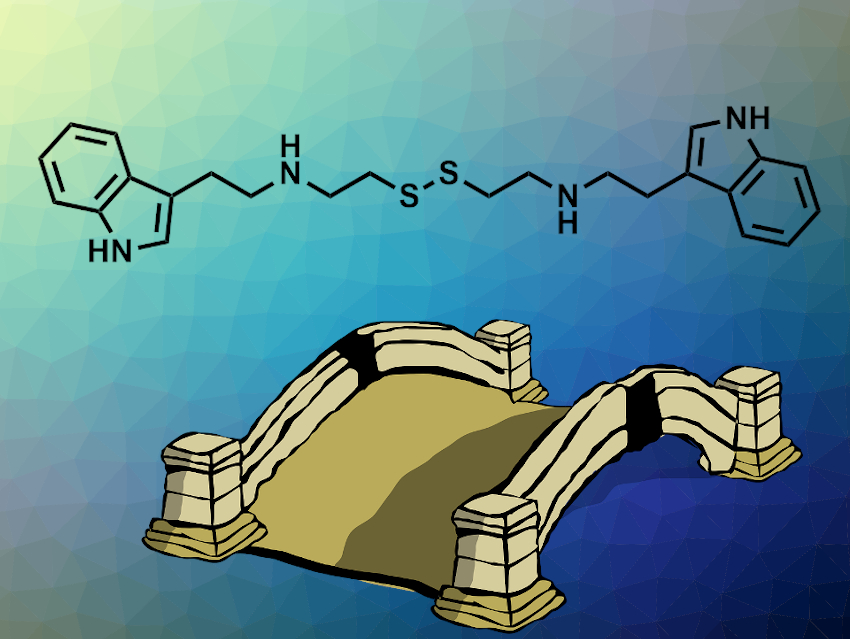
Like a Bridge over Troubled Enzymes
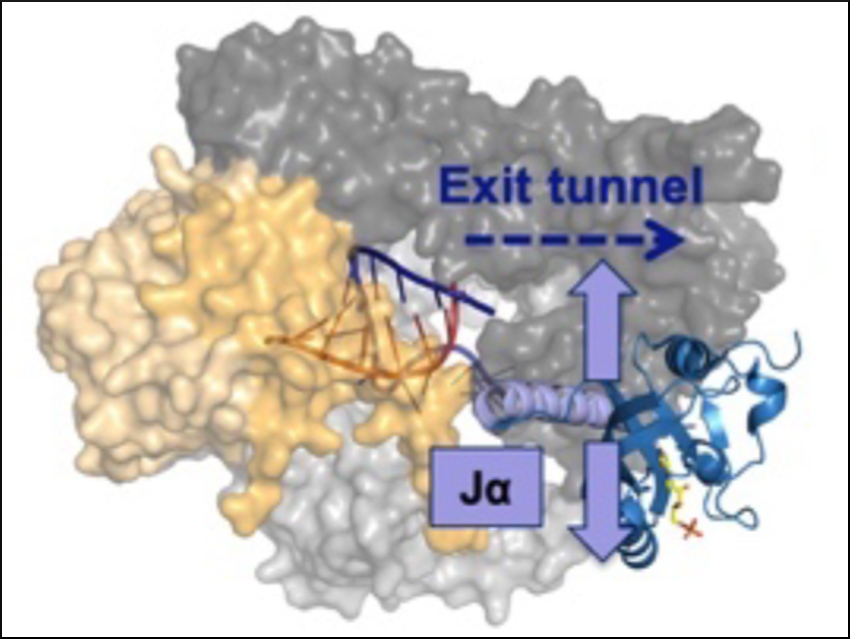
Optical Control of DNA Transcription
Light-sensing protein domain grafted onto a nucleic acid polymerase
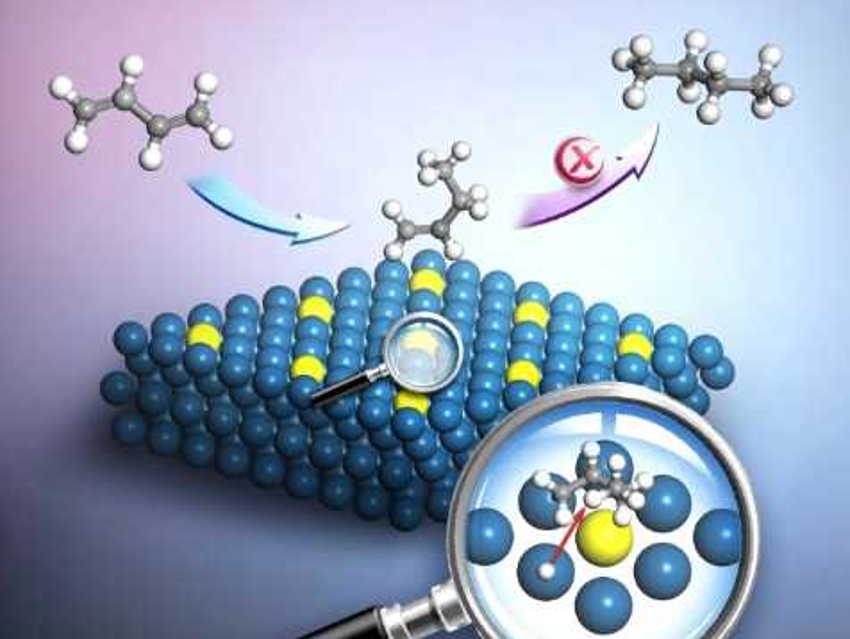
Rational Design of Bimetallic Catalysts
Designing Pt-based alloys that can inhibit butadiene over-hydrogenation
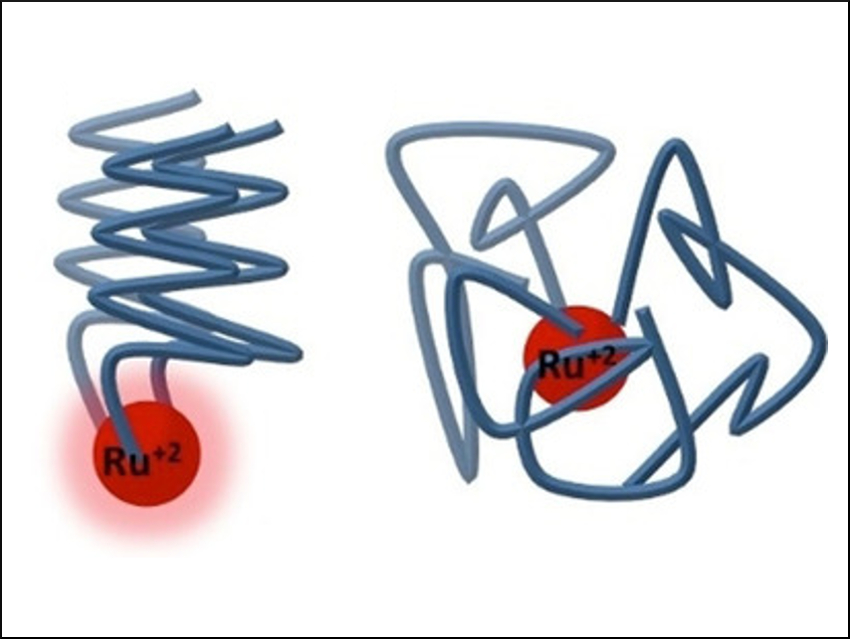
Tuning the Luminescence of a Ruthenium Complex with Peptoids
Structure of peptide-like molecules can change the properties of an embedded Ru complex
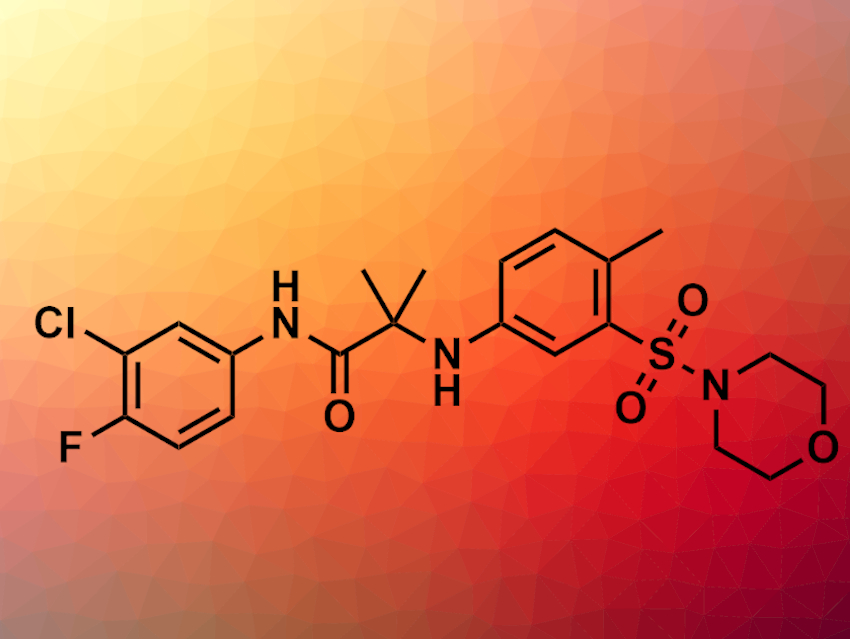
New Leads for Malaria Treatment
Aminoacetamides show promising antimalarial activity
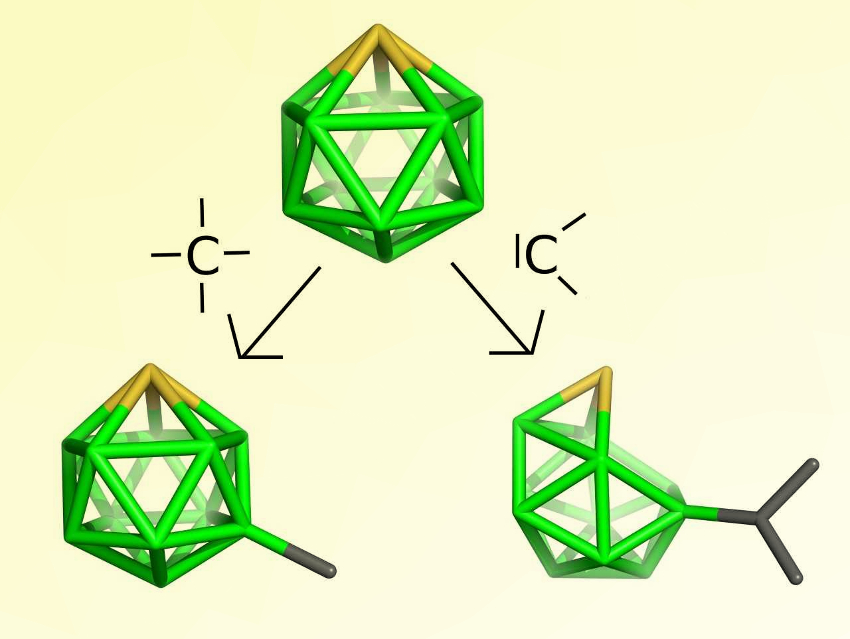
Exploring the Chemistry of Thiaboranes
Reactivity and stability of thioboranes studied using experimental and computational methods
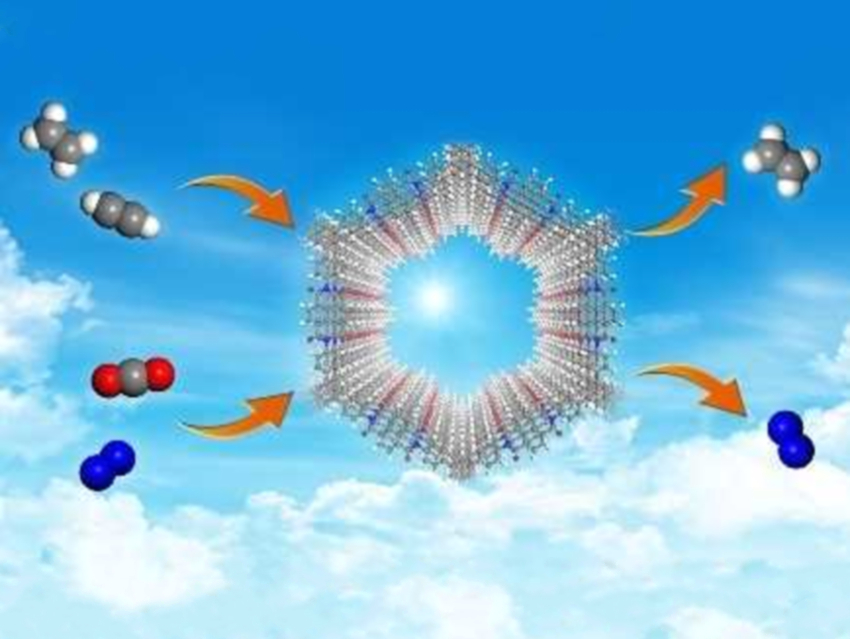
Porous Organic Framework for Acetylene/Ethylene Separation
Stable crystalline polyimide framework provides high selectivity
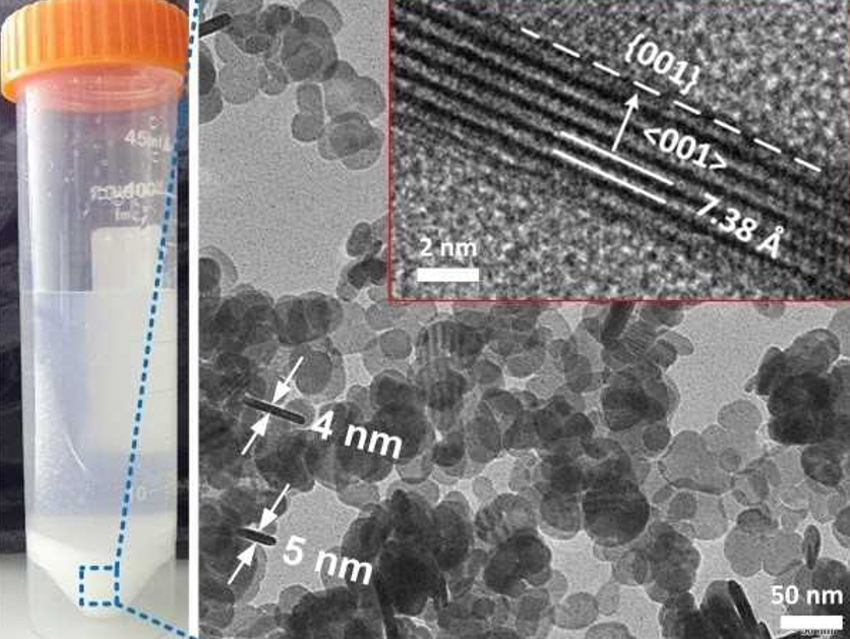
Ultrathin Nanoplates with High Photocatalytic Activity
Bismuth oxychloride nanoplates for the degradation of antibiotics and dyes
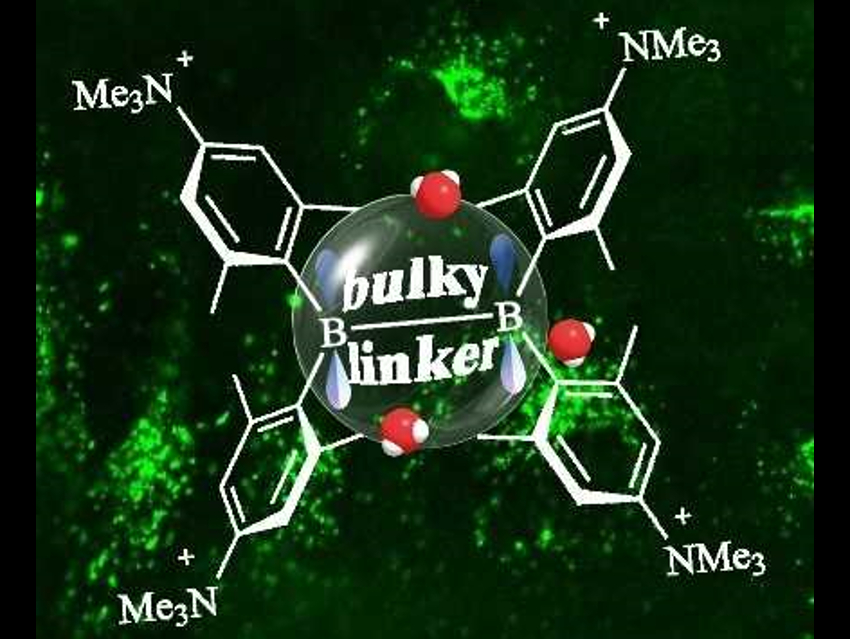
New Bis(triarylborane) Compounds for Live-Cell Imaging
Water-stable and -soluble dyes for two-photon excited fluorescence imaging
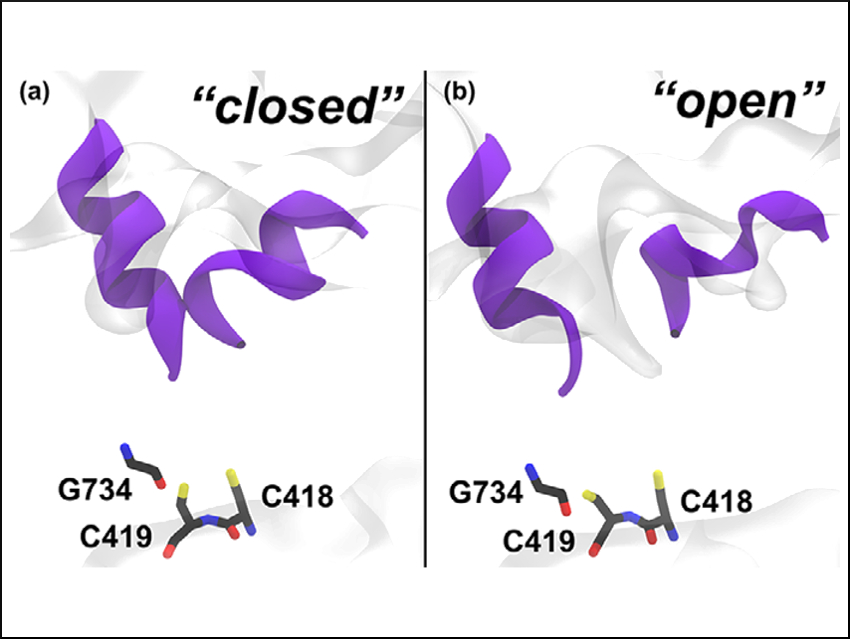
Chemical Change Influences Protein Dynamics
Protein acetylation opens an entry channel for coenzyme A